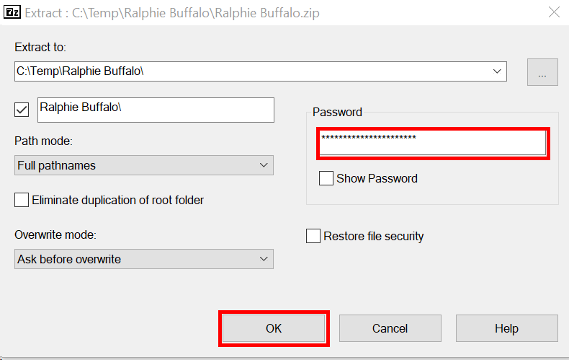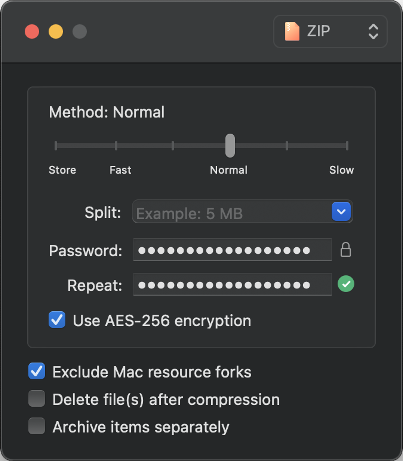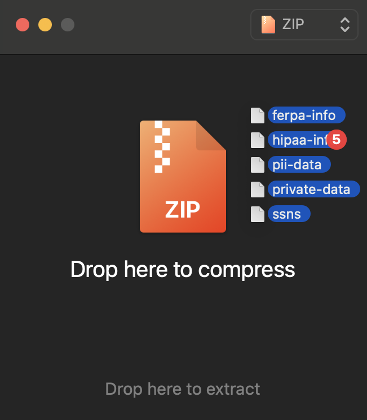It is a good practice to encrypt sensitive data before sharing with others, even if you are using a secure file transfer service. The instructions below should be used if you are sharing highly confidential or confidential information per the OIS Data Classification information. The following instructions explain how to protect data in these types of files before sharing them, as well as how recipients can decrypt and access data. File types covered in this guide include:
Sharing passwords for encrypted documents
It is important to remember that the password you used to protect the document should be shared separately from the file and NOT shared via email. If your email account is compromised, and you shared both the file and password via separate emails, it would still allow an intruder to open the document. Instead, share the password with the recipient using a phone call or text message.
Protecting Microsoft Office Documents
Microsoft Office applications have built-in capabilities that allow you to easily protect Office documents with a password before sharing with someone else. Learn how to protect a Microsoft Office Word document with a password and how to protect an Excel file with a password.
Protecting PDFs
All university faculty and staff have access to Adobe Acrobat Pro DC. Acrobat DC and Pro DC allow a PDF to be password-protected for secure sharing. The PDF encryption is a universal standard, and the recipient of the PDF should be able to open and decrypt the document without needing to use Adobe Acrobat. On a Mac, the file can be opened using Preview and on Windows, Microsoft Edge can be used. Learn how to use Adobe Acrobat DC to password protect a PDF file.
If you are not managed by OIT’s Dedicated Desktop Support service, use OIT's instructions for downloading Acrobat Pro DC. If you are managed by Dedicated Desktop Support, you can install Acrobat Pro DC using the Self Service Software application already installed on your device.
Protecting other types of files
OIT recommends the use of 7-zip for Windows and Keka for macOS. Dedicated Desktop Support customers can install either software using the Self Service Software application already installed on your device.
Encrypting files with 7-zip for Windows
- Right-click on the file, files, or folder you want to encrypt. Select 7-Zip and then Add to archive…

- The 7-Zip application will open, presenting you with a window titled ‘Add to Archive’.
- Enter a name for the archive.
- Select zip as the Archive format.
- In the Encryption field, enter a strong password. This is the password you will need to share with the recipient using a mechanism described in the sharing passwords section above.
- Select AES-256 as the encryption method.

- Click OK.
Decrypting files with 7-zip for Windows
- Right-click on the encrypted zip file. Select 7-Zip and then Extract Files...

- The 7-Zip application will open a window of extraction options. Enter the password you were provided by the sender, then click OK.

- The unzipped folder will appear in the same location as the original encrypted file. The folder should have the same name as the encrypted zip file. Open the folder to access the files.
Encrypting files with Keka on macOS
- Open the Keka application.
- Choose Zip from the format type drop down.
- Enter a strong password. This is the password you will need to share with the recipient using a mechanism described in the sharing passwords section above.
- Check the Use AES-256 encryption checkbox

- Select the files or folders that you want to share in the encrypted zip archive. Then drag and drop the files in the Keka window.

- The .zip file is now encrypted and ready to be shared.
Decrypting files with Keka on macOS
- Right-click on the encrypted .zip file. Hover over Open With, and then choose Keka.

- You will be prompted for the encryption password in a Keka window. Enter the password you were provided with by the sender, then click Done.

- The unzipped files or folders will appear in the same location as the original encrypted file.